Belgium: small Country with enormous Variety
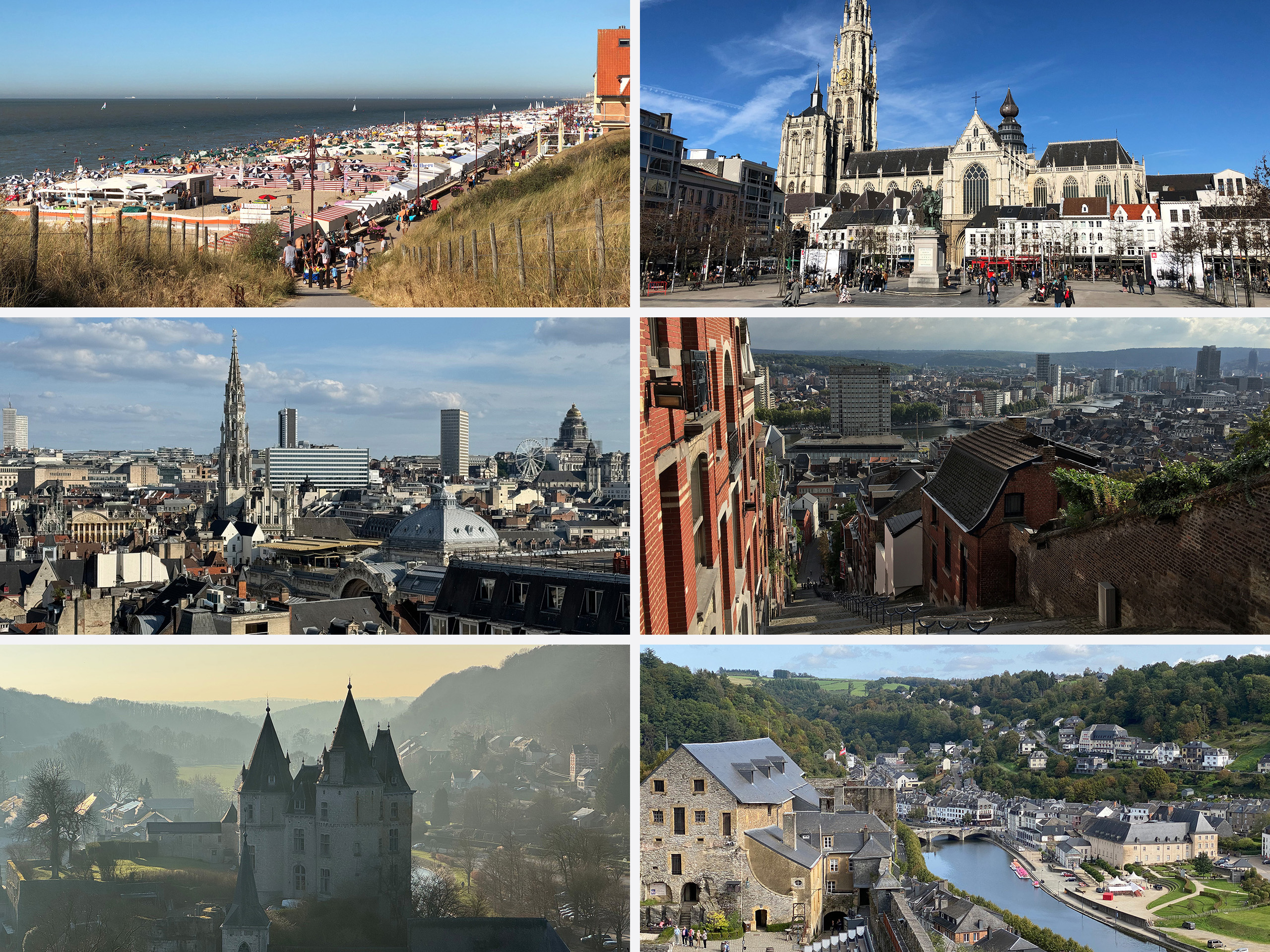
Large countries are characterized by their diverse landscapes and cities with distinct personalities. Belgium, however, is small: driving from north to south (Antwerp to Arlon) takes about 2.75 hours, while crossing from east to west (Eupen to Ostend) takes roughly 2.5 hours.
Despite its compact size of 30,000 square kilometers, Belgium offers an extraordinary variety: from fine sandy beaches along the North Sea coast, through the flat but water-rich region of Flanders, to the rolling hills of Wallonia, which are carved by deep river valleys.
Belgium has it all: vibrant metropolises like Brussels and Antwerp, museum-like art cities such as Bruges and Ghent, different types of coastal towns like Ostend and De Haan, thrilling industrial cities like Liège and Charleroi, and picturesque fortress towns like Dinant and Bouillon.
Of course, the diversity of Belgium is largely shaped by its two main regions: Flanders in the north and Wallonia in the south. Dutch (Belgian Dutch, which differs not only in the softer pronunciation) is spoken in Flanders, while French is the language in Wallonia. Near the German border, there is even a small German-speaking community, Ostbelgien (Eastern Belgium).
The appearance of Flanders and Wallonia is different, but with a few exceptions you can always recognise that you are in Belgium. Flanders does not look like the Netherlands, nor does Wallonia resemble France.
In fact, some neighboring cities in other countries exhibit Belgian influences, particularly Maastricht (Netherlands), Aachen (Germany), and Lille (France).
Now, let’s take a tour of seven cities. As a reference: driving through all seven city centers takes a total of 5 hours, covering a distance of 300 kilometers.
Ostend
With a population of 70,000, Ostend is the largest Belgian coastal city and serves as a major transport hub, connecting the main railway line (Cologne – Aachen -) Liège – Leuven – Brussels – Ghent – Bruges – Ostend with the coastal tramway. Despite its compact size, Ostend feels very metropolitan. In addition to its wide sandy beaches, the city offers a wealth of entertainment: excellent shopping, cozy cafés, outstanding restaurants, museums, a casino, and more. Tip: If Ostend feels too busy or built-up, take a 20-minute drive to the beautiful Belle Époque coastal town of De Haan.
Bruges
After a 30-minute drive, we reach Bruges. There’s little need to introduce this jewel of a city with 120,000 inhabitants: an absolutely perfect, living open-air museum with stunning churches, art treasures, picturesque squares, canals, and winding streets. While Bruges is very crowded in summer, it is very romantic in the other seasons.
Antwerp
After an 80-minute drive, we arrive in Antwerp (skipping over the must-see city of Ghent to keep this tour concise). Antwerp is a stunning Flemish metropolis of 530,000 residents, reknown for its huge port and its art and fashion scene. Lovers of culture, art, architecture, fashion and shopping will be delighted with what this city has to offer.
Brussels
An hour later, we reach Brussels, the bilingual heart of Belgium – an enclave within Flanders, close to the Walloon border. With a population of 1.2 million, Brussels is a metropolis that feels even larger and more urban due to its capital status. It boasts grand historical buildings, large churches, colossal palaces, royal museums, an awe-inspiring triumphal arch, the Atomium, Art Nouveau neighborhoods, and much more – everything a proud capital should have. However, Brussels is also affected by the decline seen in many European cities.
Charleroi
Shortly after leaving Brussels, we enter Wallonia. An hour later, we arrive in Charleroi, the largest city in Wallonia with 200,000 residents. Once a thriving industrial hub, Charleroi is not your typical tourist destination – it is, in most areas, run-down and even considered ugly, but that’s precisely what makes it famous. It attracts adventurous visitors interested in industrial history, urban art, and urban exploration.
Namur
Thirty minutes later, we find ourselves in a completely different world: the elegant Walloon capital of Namur, home to 110,000 people. Located at the confluence of the Meuse and Sambre rivers, Namur features a large fortress atop a hill, accessible by foot, cable car, or car. From there, visitors can enjoy beautiful views of the rivers, the historic city center, and the Meuse Valley. The city itself is filled with charming squares, inviting cafés, excellent restaurants, and stylish boutiques. It has a distinct southern European flair.
Dinant
Continuing through the lovely Meuse Valley, passing green mountains and fascinating rock formations, we reach our final destination: Dinant. This small town of 13,000 people is the postcard image of Wallonia: a river, a bridge, colorful houses, a grand church, and a massive rock formation crowned with a citadel. Tip: For those interested, a 20-minute drive along the Meuse River leads into France.

 © VisitBelgium.net
© VisitBelgium.net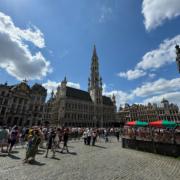 © VisitBelgium.net
© VisitBelgium.net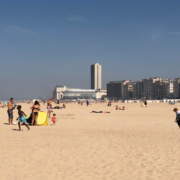 © VisitBelgium.net
© VisitBelgium.net © VisitBelgium.net
© VisitBelgium.net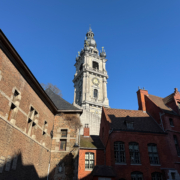 © VisitBelgium.net
© VisitBelgium.net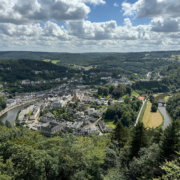 © VisitBelgium.net
© VisitBelgium.net © VisitBelgium.net
© VisitBelgium.net
 © VisitBelgium.net
© VisitBelgium.net © VisitBelgium.net
© VisitBelgium.net
Leave a Reply
Want to join the discussion?Feel free to contribute!